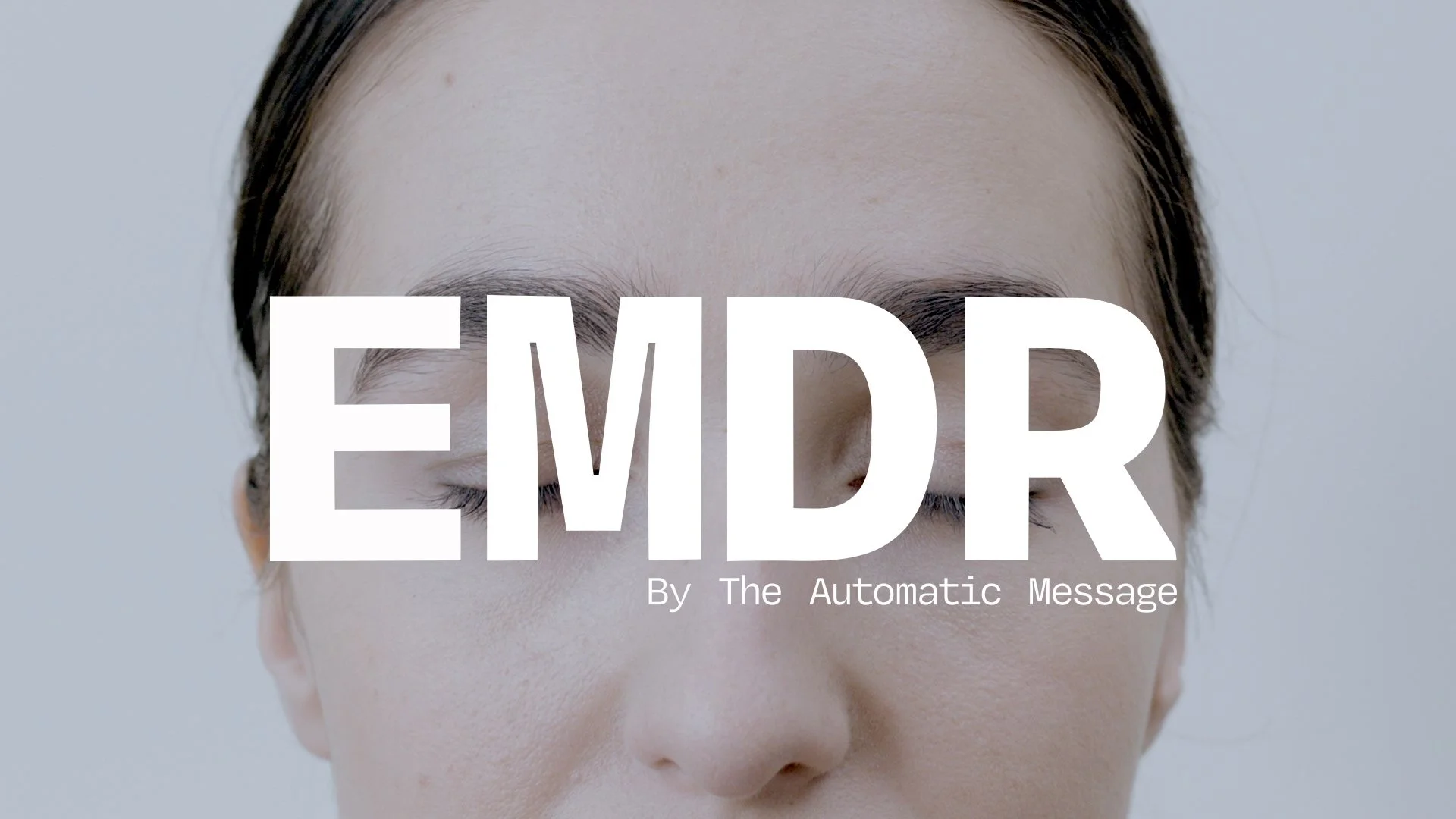EMDR
2025; Four-Channel Film Installation with Immersive Soundtrack; looping, 60:00
EMDR – a spatial cinematic work where fragmented memories and emotions unfold across four channels, perfectly synced to an experimental electronic score. Blurring the line between dream and reality, this surreal installation captures the raw and deeply personal process of healing from PTSD. Inspired by the transformative power of EMDR therapy (Eye Movement Desensitization and Reprocessing), it offers a hypnotic exploration of trauma, recovery, and the mind’s ability to rewire itself.
We gratefully acknowledge the support of the Canada Council for the Arts for this project (canadacouncil.ca).
Our project has it’s premiere on April 3, 2025 at VIVO Media Arts - more information about the exhibition and artist talk here.
We worked with dance artist Daria Mikhaylyuk to bring our vision to life as our lead character and movement choreographer. More details below.





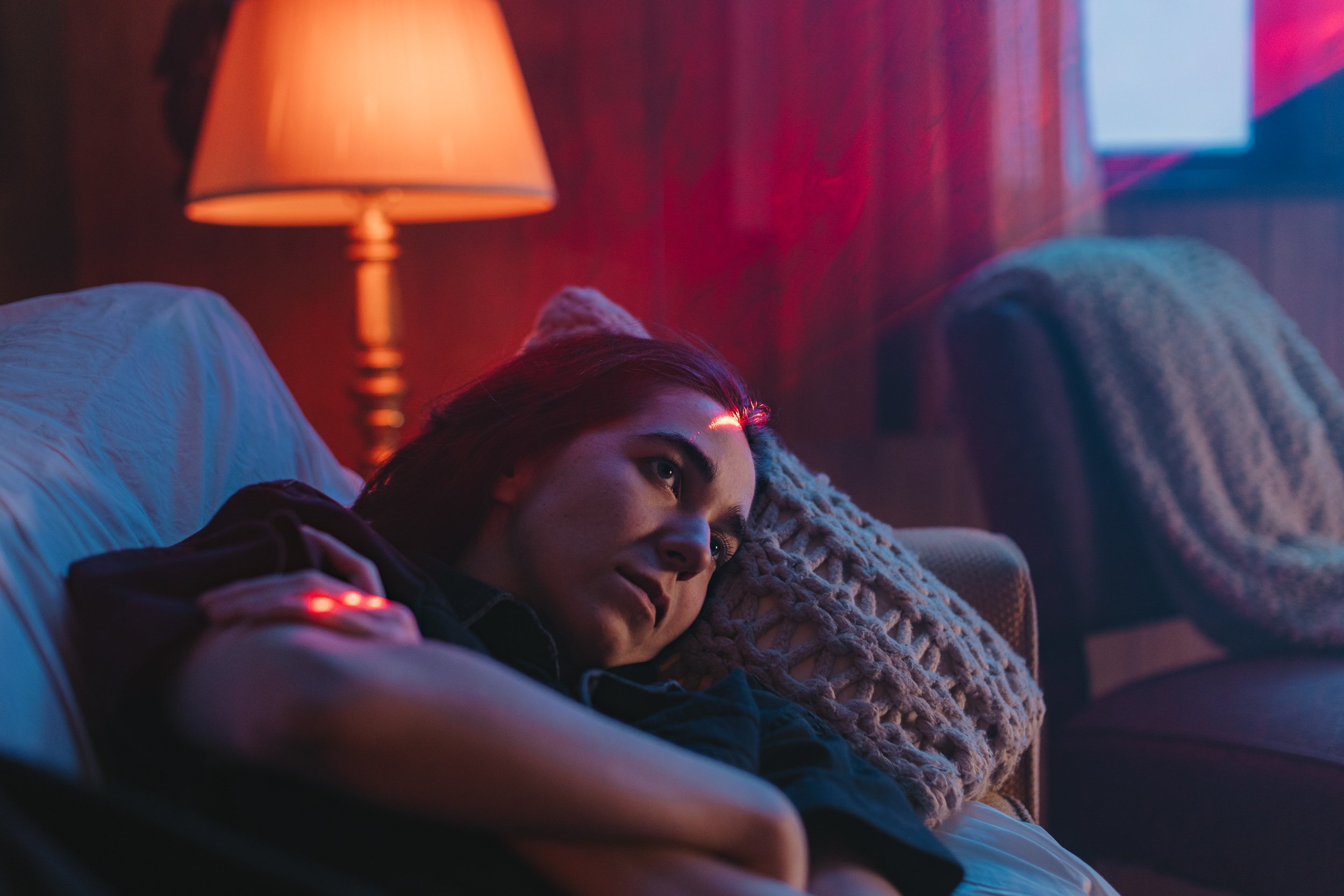

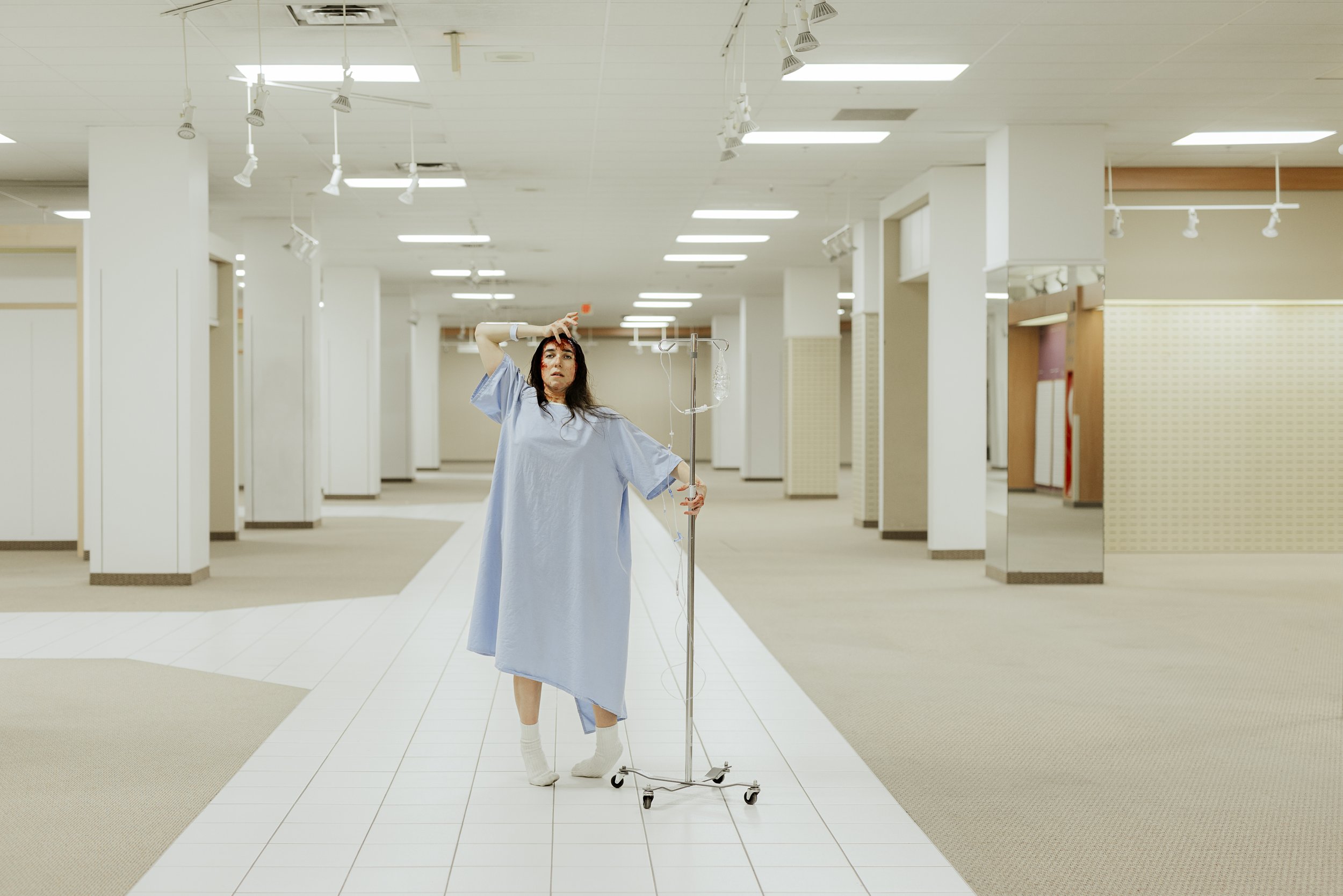

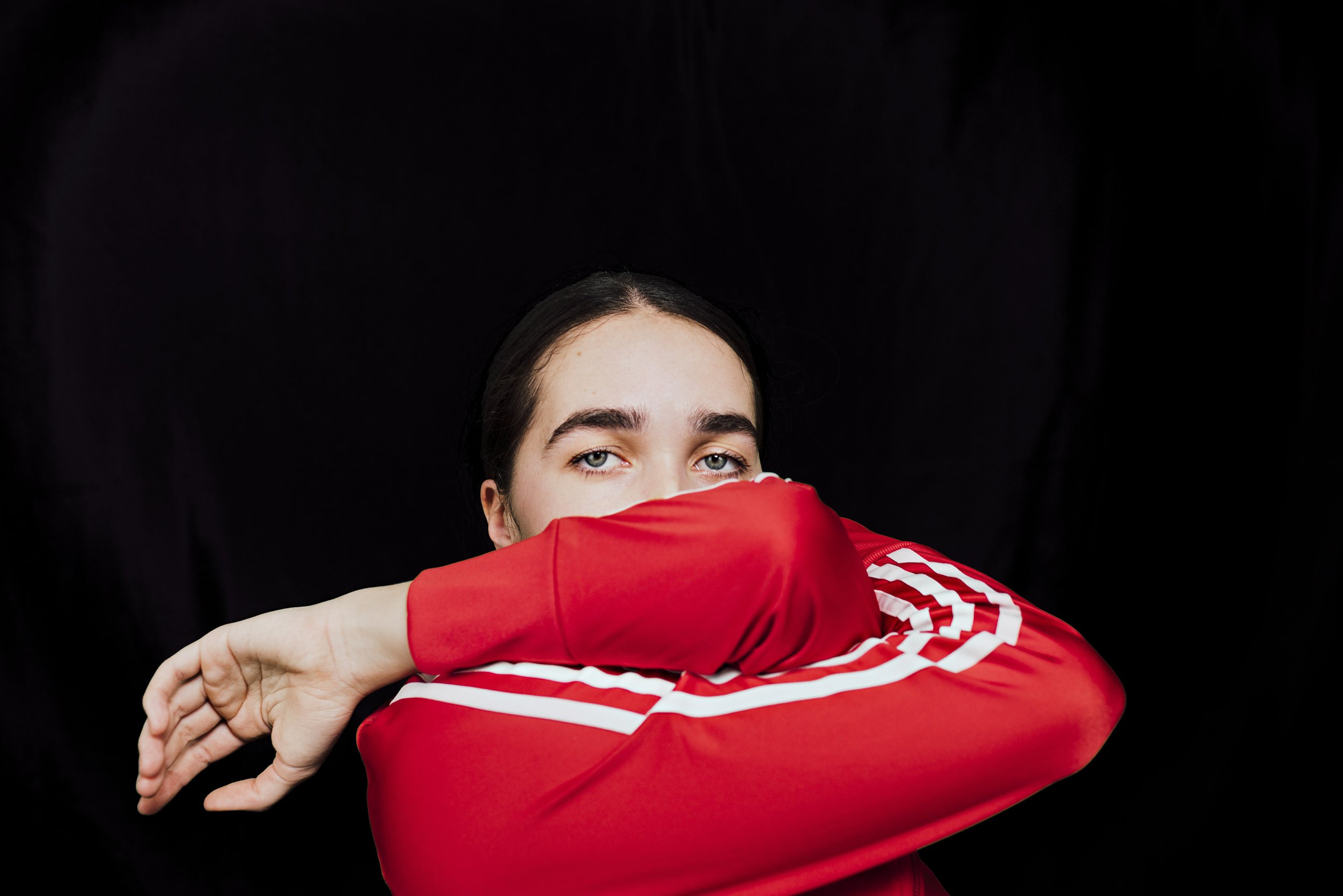
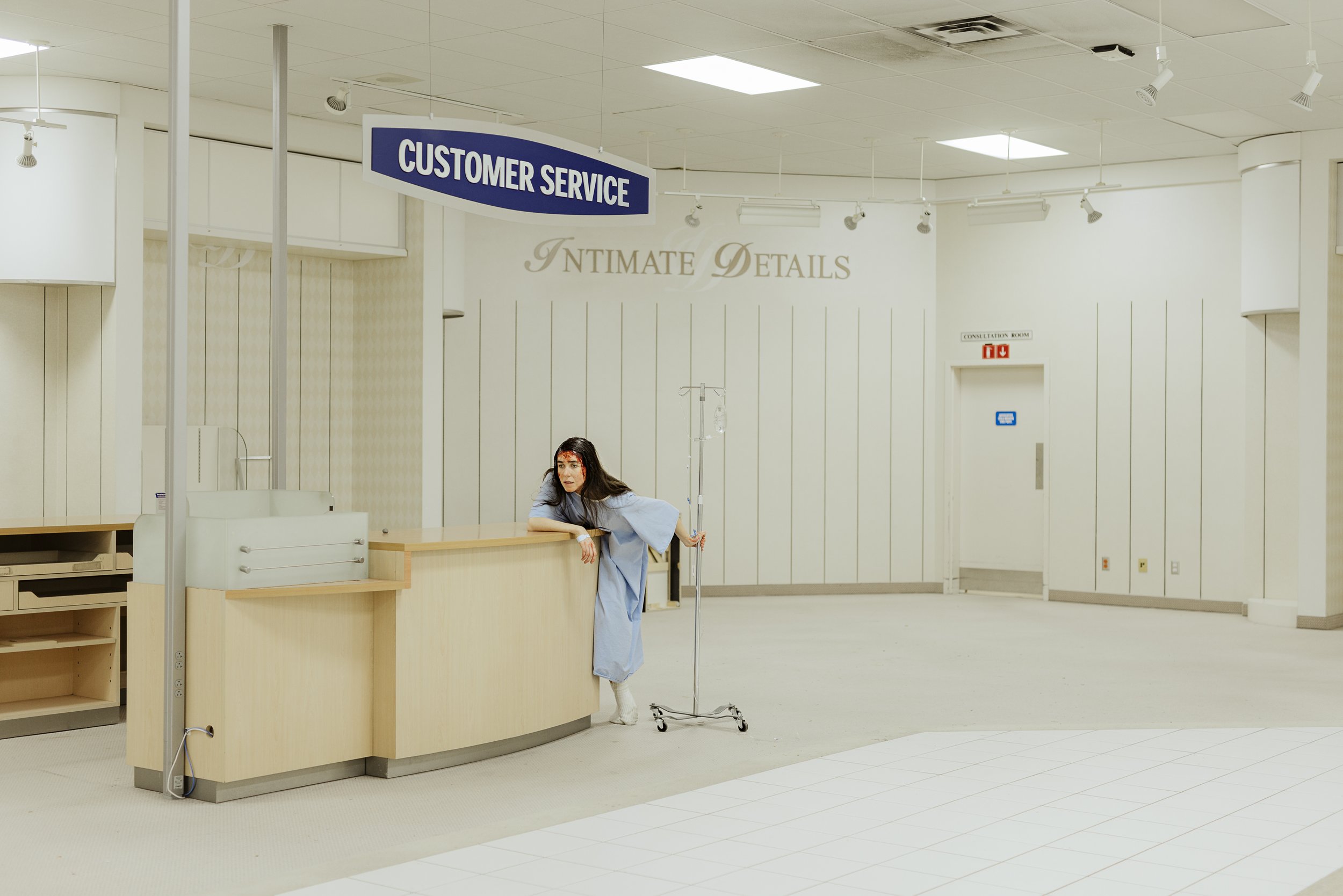

One half of our artist duo is Trevor Jacobson. When he was 14 years old, he was hit by a truck and suffered serious, life-threatening injuries (a head injury, two broken femur bones, a ruptured spleen, and stitches to his liver). Because of the head injury, subsequent court case and a challenging recovery, Trevor has dealt with the side effects from having PTSD as a young person throughout his life. He is now 46 years old and for the past few years has been treated using EMDR therapy – and it has changed his life.
EMDR is an integrative psychotherapy approach for the treatment of trauma that uses therapist-directed lateral eye movements (or other stimuli including hand-tapping and audio stimulation) to reorder and reduce negative memories. Harvard neuroscientist Robert Stickgold explains that “EMDR achieves its results by way of replicating the naturally occurring dream-based consolidation process via the eye movements which are common to both REM sleep and EMDR.”
During his sessions, Trevor focuses on his therapist as she moves her hand back and forth at a certain rhythm while deep breathing; she watches his reaction closely and can see when his mind locks in to a certain place, at which time she asks him questions related to his trauma.
In our project we explore the various mental spaces that Trevor experiences when living with PTSD and while undergoing this treatment: the emotions that he feels (anxiety, loneliness, anger, awkwardness, relief, joy), the memories that he experiences, and the mental spaces that he visits.
For the majority of the piece, the viewer watches a woman named Eli (representing Trevor) in her 20s who suffers from PTSD. Framing the film is an EMDR session in which our character is in the midst. Although the film was originally scripted, the decision to have each actor improvise was made to give a more natural feeling for scenes with dialog. From here, we dive into her memories, catching nostalgic moments of her life before the accident.
The film suddenly smashes into a bizarre hospital sequence, capturing the outer body experience that she felt shortly after the accident happened. Snapping back into real life, we see Eli arriving back home from the accident – everything seeming okay… until it is not. We observe Eli’s mind shift downward and watch as the anxiety and depression seeps in as her life takes a dark turn.
We represent these deep feelings throughout the project via contemporary dance, shot in a black void, representing our character’s deepest inner mental space.
Upon entering the gallery or public space where this installation is held, the viewer walks through a black curtain and enters a room. The room has four large screens, each at 16:9 dimension, where the four screens are connected at each vertical side, one screen on each wall. The screens extend from floor to ceiling. Each screen is blended and at various points the footage spreads across multiple screens, showing only one view. The sound is quadraphonic and moves around the space, corresponding physically to what is happening on the screens.
Once the viewer is inside, they are fully immersed, both within the visual landscape and the auditory landscape.
We filmed each scene with specific attention to where the viewer would be placed, often shooting with four cameras at once in order to capture a scene with actors so that the action and dialog is synchronized across all four screens. For many of the scenes, the viewer is placed in the centre of the scene, so that they can look around and feel that they are actually in the space with the character. At other times, only one screen plays or the action slides from screen to screen.
The audio consists of an immersive quadraphonic experimental electronic composition whereon the viewer hears a mix of field recordings (sounds of breathing, internal sounds of swallowing, and natural room tones that allow the viewer to understand the size and shape of the virtual space), dialog and a musical score that leads the viewer through the journey of emotional highs and lows. The sounds and music are tightly synced to the video.

